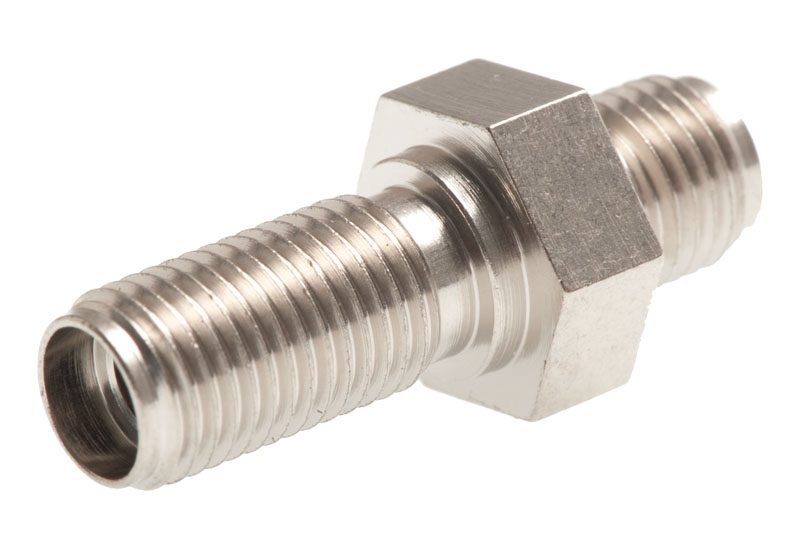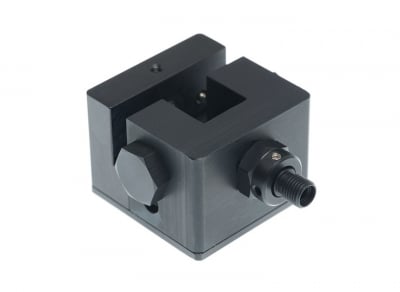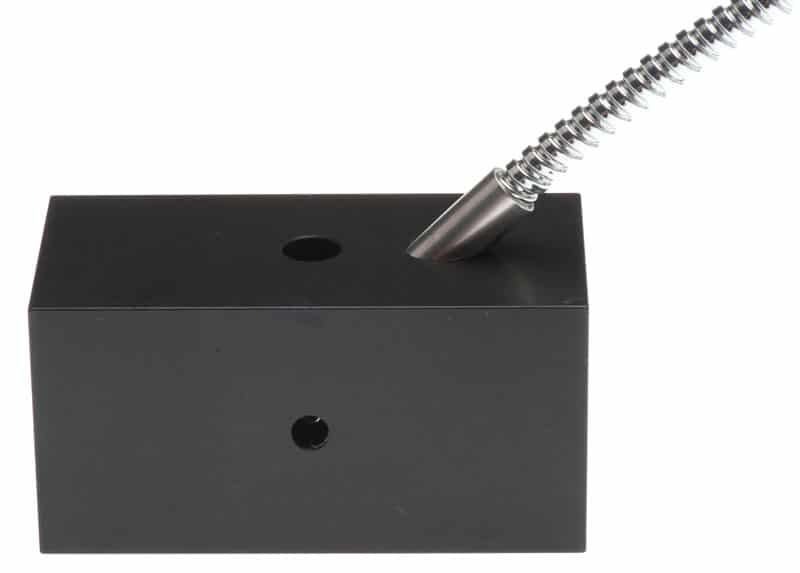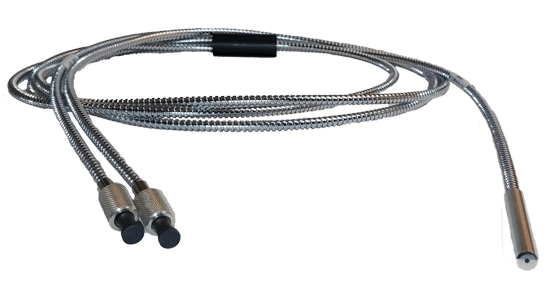

All cuvette holders have a 5 mm wide slit to hold filters and a cover to prevent ambient light from entering the light path. The CUV-UV/VIS, CUV-FL-UV/VIS and CUV-ALL/UV/VIS are specially designed for absorption and fluorescence measurements and should be used with standard 10×10 mm cuvettes. All cuvette holders have a 5 mm wide slit to hold filters and a cover to prevent ambient light from entering the light path.
View Product
The FCR-COL adjustable UV/VIS/NIR collimating and focusing lens enables focusing on a measurement spot at an extended distance.
View Product
Interface cable AvaSpec-USB2 platform to FOS-2 and AvaLight-S with shutter, 2 m.
View Product
Crush-proof polyurethane clamshell case for portability and use in the field.
View Product
For diffuse reflection measurements, Avantes offers the WS-2 reference tile. For specular reflection measurements, the RS-2 is available.
View Product
The RPH-1 accommodates our standard 6.5 mm diameter reflection probes.
View Product
An Attenuator allows light intensity to be reduced and helps in situations where detector saturation is an issue. It is attached to the light source using an SMA connector to couple to other measurement devices and your spectrometer.
View Product
Avantes offers both direct attach and in-line filter holders as well as a wide range of round 12 mm filters.
View Product

Cosine correctors collect light from a 180° angle. This eliminates optical interface problems caused by light collection sampling geometry experienced in other sampling devices like fiber-optics alone, with collimating lenses, or in integrating spheres.
View Product
A collimating lens is used to convert divergent beams of light into a parallel beam.
Avantes collimating lenses are optimized for the UV/VIS/NIR range (200-2500 nm) and have anodized aluminum housings.
View Product
These feedthroughs are designed for use with fiber-optics in vacuum chambers, such as for plasma and coating deposition monitoring. They can be used in chambers with wall thicknesses of 5-40 mm and vacuum levels up to 7-10 millibar. Requires 2 ME-FI-SM-MM fiber interconnects.
View Product
Reflection probes are used to obtain spectral information of diffuse, or specular materials. The light from a light source is sent through six illumination fibers to the sample and the reflection is measured by a 7th fiber in the center of the reflection probe tip. The 7th fiber is coupled to a spectrometer configured to the appropriate wavelength range of interest.
View Product